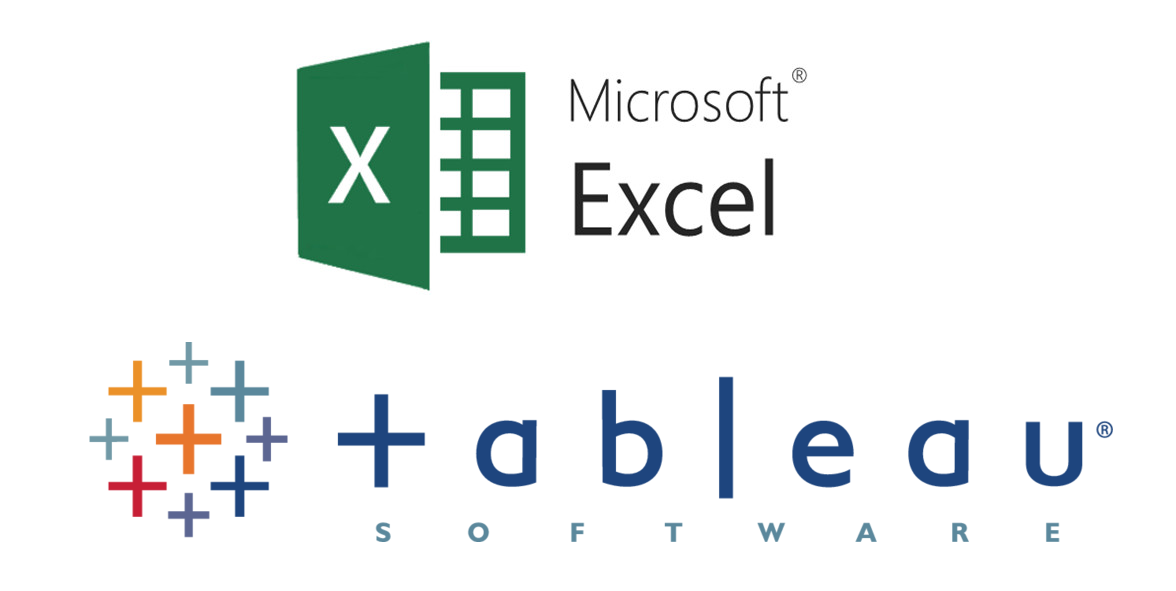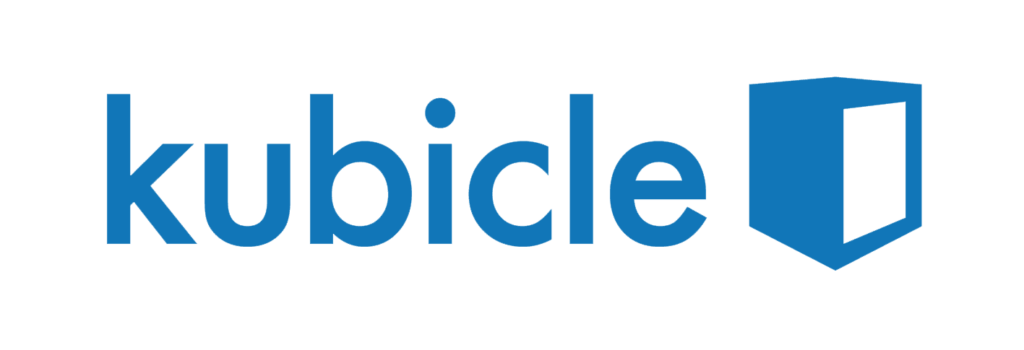Excel has been the dominant software for data analysis for many years. Although people like to complain about Excel, there has to be some reason why it obtained that level of popularity in the first place, and in reality it is pretty useful for most businesses.
However, recently many people have started using newer tools such as Tableau. In fact Tableau direct a lot of their marketing efforts at Excel users. So has analytics reached a point where people outgrow Excel?
In this post, we’ll compare the features of Excel and Tableau and learn what tasks are suited to each product.
Overview of Excel
Any reader of this blog will be familiar with Excel. It’s a spreadsheet application that’s used for storing and analyzing data. You can create the data in Excel or import it from another data source. You can then analyze the data using formulas, and display it using features like charts or Pivot Tables.
Excel is very versatile, and can be used for a wide range of tasks. However, one consequence of this is that often Excel spreadsheets will be used for tasks they are not particularly suited to.
For a post like this, it’s useful to distinguish between “normal” Excel, and “advanced” Excel. Advanced Excel is any version of Excel that incorporates features like Power Pivot and Power Query. These tools are a closer match for Tableau features than any features in normal Excel, as we’ll see in the rest of this post.
Overview of Tableau
Tableau is a self service business intelligence tool with a particular focus on visualizations. What this means is that Tableau lets you import data from various different sources across your business and analyze them by creating a range of charts. Multiple charts can then be combined into dashboards that give users compelling insights into the company’s data.
One of the most notable features of Tableau is its ease of use. Charts and dashboards are created through a simple drag and drop interface. In fact, Tableau’s easy-to-use interface is one of the key benefits of the product. Products like Tableau have been responsible for making business intelligence accessible to wide audiences who may not have advanced technical skills; this is why they are called self-service tools. That said, Tableau does have its own formula language, which is similar to Excel, and can be used to create more advanced visualizations.
There are a range of products carrying the Tableau name. The main ones are:
- Tableau Desktop, which lets you connect to data, and create dashboards from that data
- Tableau Server, which lets you share dashboards created in Tableau Desktop throughout your company
- Tableau Online, which works like Tableau server, but stores all data on a cloud server hosted by Tableau
Is it Possible to Use Excel and Tableau Together?
As you can see, Excel and Tableau are, for the most part, not in direct competition with each other, as the two products have different strengths. Excel’s strength is its versatility. Excel can be used for a wide variety of business tasks. The downside of this is that its functionality is not necessarily the best on the market in individual areas.
By contrast Tableau focuses on a comparatively narrow set of tasks, specifically creating insightful dashboards and sharing them throughout the company. Its narrower focus means that it is the market leader in this field. Creating dashboards in Excel is a much more painful experience than creating them in Tableau.
As a result of this, it is very much possible to use both Excel and Tableau in your business. Often Excel will be used as a data source in Tableau. Data will be gathered or created in Excel, and then imported into Tableau for analysis purposes. This leverages the strengths of both products, which we’ll discuss now.
Which Software Should You Use?
Deciding which product to use is not a question of which product is absolutely better. It’s more a question of what are you trying to do, as each product has different uses.
Excel is good at:
- Constructing and Editing Datasets: When using Tableau, you want to import the data and start analyzing it. You can shape and clean the data in many ways, but you cannot easily build a new dataset from scratch, or change the data in an existing data set. In this case, you are better off using Excel, where it is very easy to create and modify data.
- Being familiar: Excel is part of virtually every company in the world, Tableau is not. Therefore some people may perceive adopting and learning Tableau to be a hurdle that isn’t present with Excel. These people might find it easier to stick with Excel if it does the job they want, although this approach may not work in the long run.
Tableau is good at:
- Working with large data: Normal Excel is limited to 1 million rows. Using Power Pivot removes this limitation but it can be painful to refresh large Power Pivot datasets. By contrast, Tableau can process large dataset with ease.
- Working with data from multiple sources: Tableau connects to a vast range of data sources with ease. Excel is improving slightly in this regard, through the use of Power Query, but Tableau still provides an easier experience for users
- Exploring Data: Creating charts in Excel is not a problem when you know what you’re looking for. But when you’re not sure what insights you need to find, the easy to use interface of Tableau comes into its own. Creating multiple charts quickly using a drag and drop interface is infinitely better than the corresponding Excel experience.
- Creating compelling charts: Tableau’s top priority is producing good-looking charts, and it shows. By contrast, Excel’s range of charts is more limited, often not as good quality, and sometimes older and more outdated. You won’t find any 3D pie charts in Tableau.
Conclusion
Excel and Tableau are not direct competitors, and can definitely be used together. In effect, Excel can be used to accomplish many tasks reasonably well. For a specific subset of these tasks, specifically combining data sources and creating dashboards, Tableau becomes an option. In this scenario, Tableau is far superior to Excel.
If you’re deciding whether Tableau has a place in your business, you need to consider how important dashboards and visualizations are to your work. If you create these frequently, and especially if you use Excel for this task, then Tableau could be a good addition to your business.



